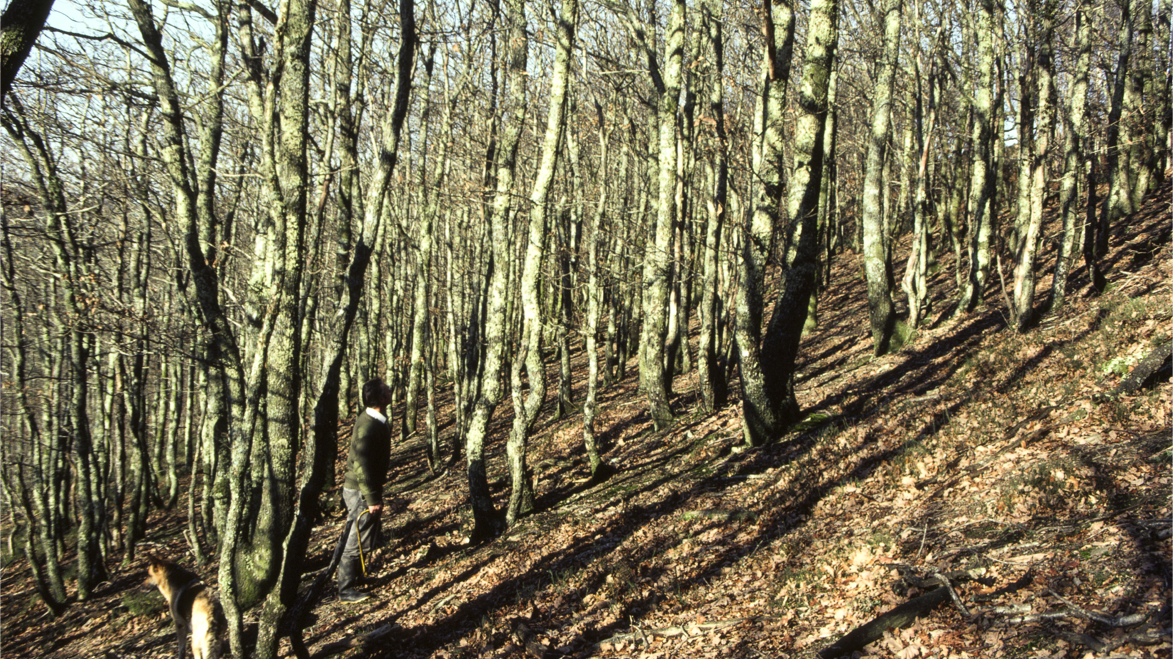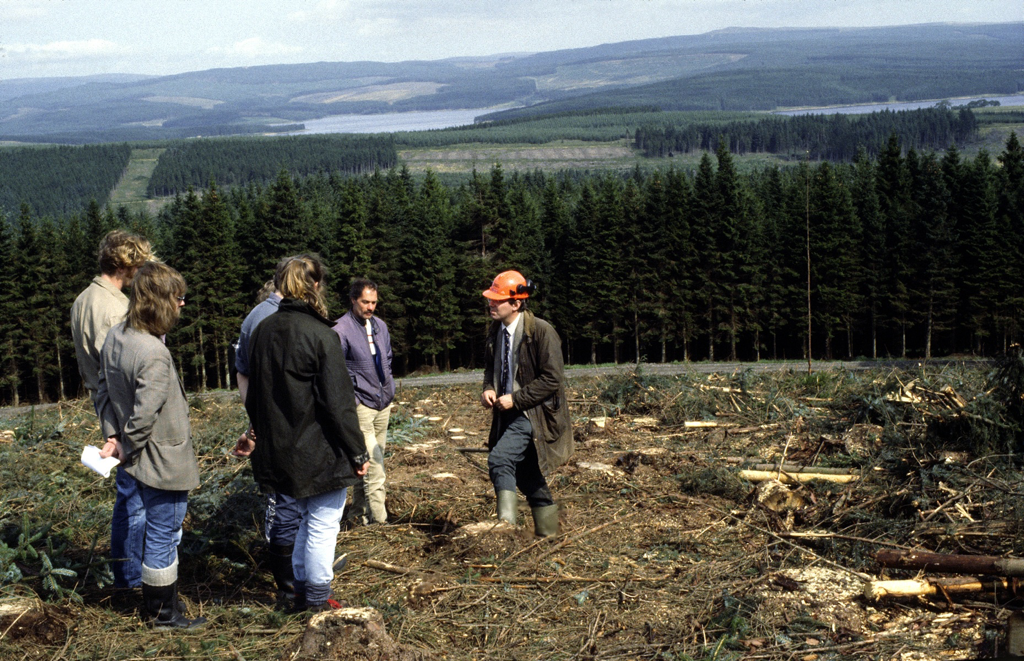Are You Good at Silviculture? Part 1
In Part 1 of this two-part blog, Professor Julian Evans OBE FICFor discusses why silviculture is in danger of being the Cinderella of foresty when it should be at the heart of all that foresters do.
Are you good at silviculture?
This strange question for the RFS website is a bit like asking an NFU member, ‘Are you good at farming?’ But it is a good question because, unlike farmers and their trade, silviculture is the Cinderella of forestry, and it shouldn’t be. Across the world many forestry services and companies have a ‘silviculture forester’ position, here in Britain there are silviculturists in research, but elsewhere . . .? Or is it that everyone in forestry is supposed to be good at silviculture, after all is it not the very essence of what we do?
In this first of two blogs we will comment on why we should all perhaps take silviculture more seriously and look at the first of three ingredients.
Why we should all be good at silviculture
Troup’s classic, Silvicultural Systems, published by Oxford in 1928 (and revised by E W Jones in 1952 and John Matthews in 1989), defines his topic as, ‘. . . the process by which the crops constituting a forest are tended, removed and replaced by new crops resulting in the production of woods of distinctive form.’ We may fret today over the emphasis on ‘crops’ and the implied utilitarian purpose, but the definition goes to the heart: silviculture is all about how we tend, fell and regenerate trees, woodlands and forests. If we can’t do this well then we will be less than successful in our profession.

A moment’s reflection reveals, too, that the bulk of discussion and debates at RFS field meetings, as we visit stand after stand and forest after forest, is how well the owner is or is not doing in growing their trees. We could even say that such visits are the best of classrooms for silviculture. That’s why such visits gain CPD credits.
Learning about and being up-to-date in silviculture must sit alongside briefings about pest and diseases, policies, grants and licences, harvesting, timber prices or remote sensing technologies and so on.
The best forests and woodlands, whether managed primarily for timber production, biodiversity, landscape, or amenity (or usually a combination of such aims), are achieved – are the best – because we, the forester, know what we are doing. We know how to grow and care for trees, we know how to look after them. That is silviculture.

Three main ingredients
It’s all about species
In a word this is right, it is all about the tree species we are dealing with. But we British place great emphasis on planting, indeed we have a worldwide reputation for plantation forestry, and we focus on matching species to site, on selecting the most suitable provenance, on breeding disease resistance and so on. The mantra ‘the right tree in the right place’ is all good silviculture, but for nigh on a century our mindset has rather neglected ecology, the mixed stand, the woodland that has arisen from neglect, the abandoned copse, or natural regeneration like all the ‘myxomatosis woods’ that arose from the demise of the rabbit in the 1950s. The FC led – and extraordinarily successful – afforestation effort of the last 100 years has skewed silviculture into ‘how to grow tree plantations’.
Understanding the trees we deal with – their autecology – is crucial. Let’s consider two examples. As tree planters we think about soil reaction, the pH. Will the species grow on base rich soils – a few conifers do like red cedar and yew, but many are unhappy? The converse very crudely applies to broadleaves with the major exception of sweet chestnut which only grows on acid soils around pH 4 – 5. Why is this so, why do some tree species suffer lime-induced chlorosis just as azaleas, camellias and rhododendrons do? It’s their inability to take up iron and manganese nutrients from lime-rich soils. In the garden we apply these in chelated form, but it’s hardly practicable on a forest scale.
A very different example is allelopathy. Some species exhibit this strange property where trees grown in close proximity never form a canopy and appear intolerant of another of the same species nearby – social distancing in trees! Some show this mildly like many eucalypts which are ‘crown-shy’. Walk under a stand of them and look up and you see a collection of discrete crowns with sky in between, not a canopy of leaves. A more extreme example are the walnuts and is why, when cultivated, they are spaced very far apart.
These two examples help our understanding – our knowledge of silviculture – and we can say the same for many, many other attributes: tolerance of exposure, of low temperatures (frost), of shading, of seasonally water-logged soils, of pests and diseases, or issues like the start and frequency of flowering and seeding, development of heartwood or propensity to timber defects like stain and shake, and many more. Knowing these characteristics and applying the knowledge is silviculture. All these influence how trees are best cared for, and is all in the mix of what silviculture is. It is why books like the late Peter Savill’s excellent ‘The Silviculture of Trees used in British forestry’ are full of it.
But, as the new chair of FC, Sir William Worsley, rightly asserts, “It’s relatively important to plant a tree. It is much more complicated to manage them.” We turn to that component of silviculture next time.

Professor Julian Evans
Professor Julian Evans OBE, FICFor, BSc, PhD, DSc. was formerly professor of Forestry at Imperial College, and before that the Forestry Commission’s Chief Research Officer (S) at Alice Holt Research Station.
He is a Fellow of the Institute of Chartered Foresters and a past President and has written, or was a principal editor of, many technical books on forestry and tree related subjects.
He was one of the three principal editors of the Encyclopaedia of Forest Science (Elsevier 2004). Internationally, Julian has chaired UN Intersessional conferences on the Future of Planted Forests, Chile and New Zealand, and in 1997 he was appointed OBE for “Services to Forestry and the Third World”.
Julian has a long-term interest in the silviculture of broadleaved woodland in the UK and owns woodland in Hampshire.

